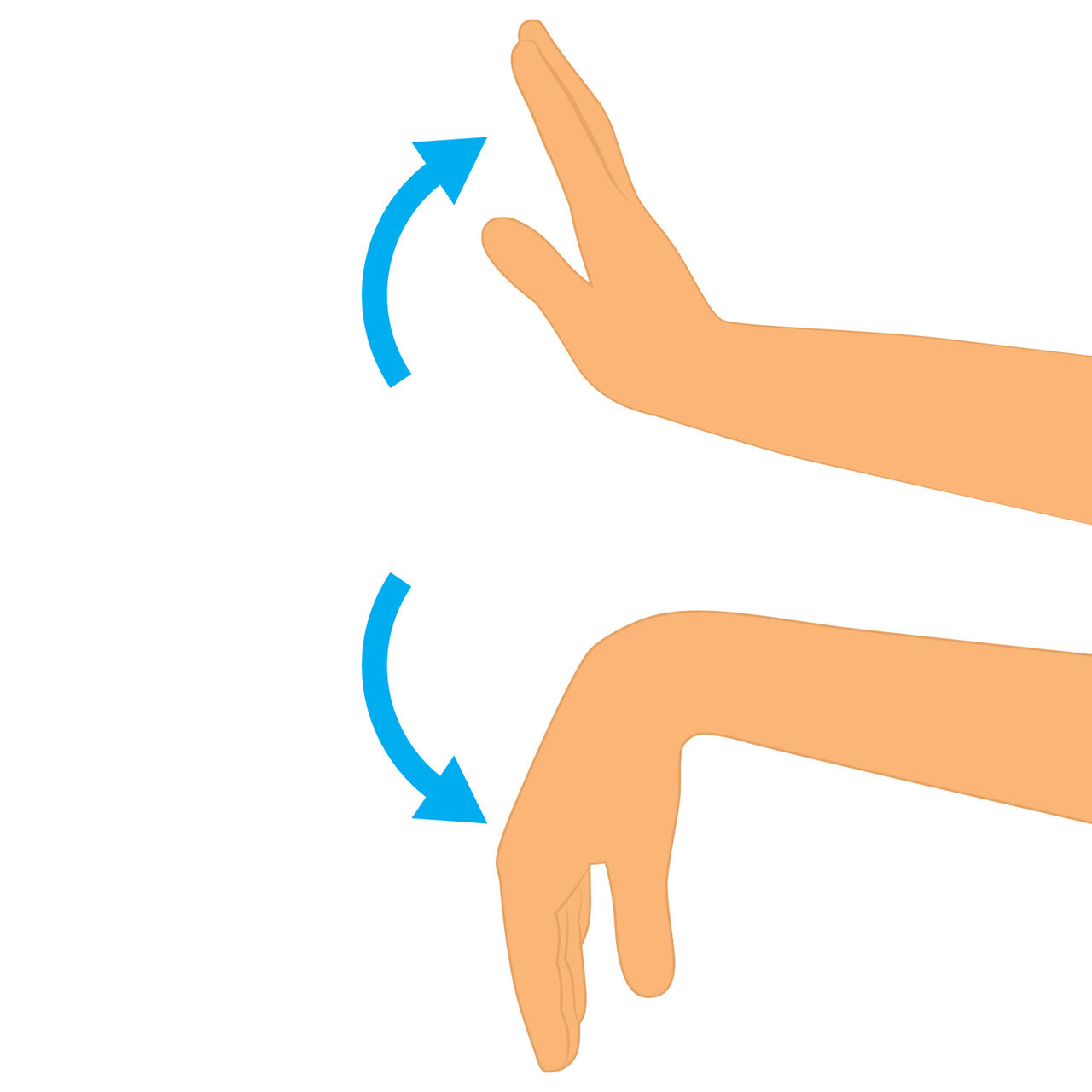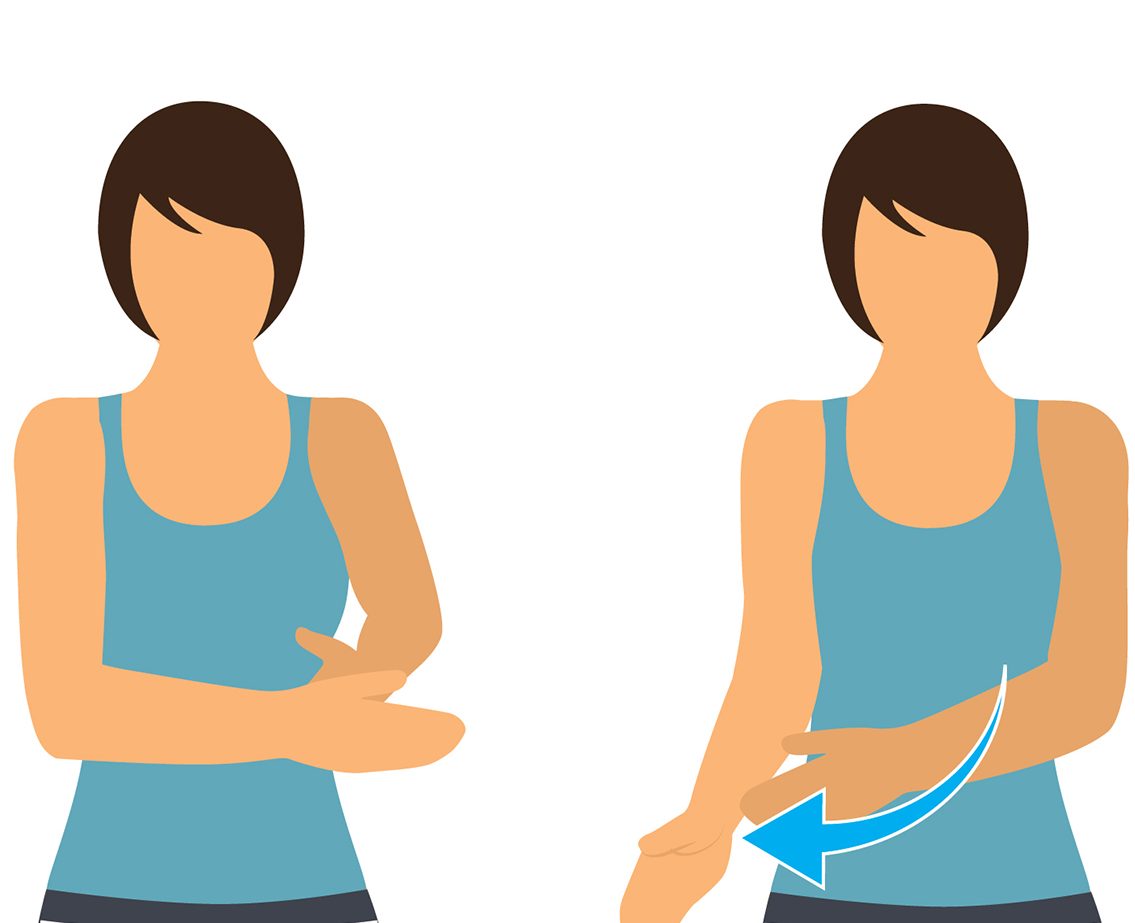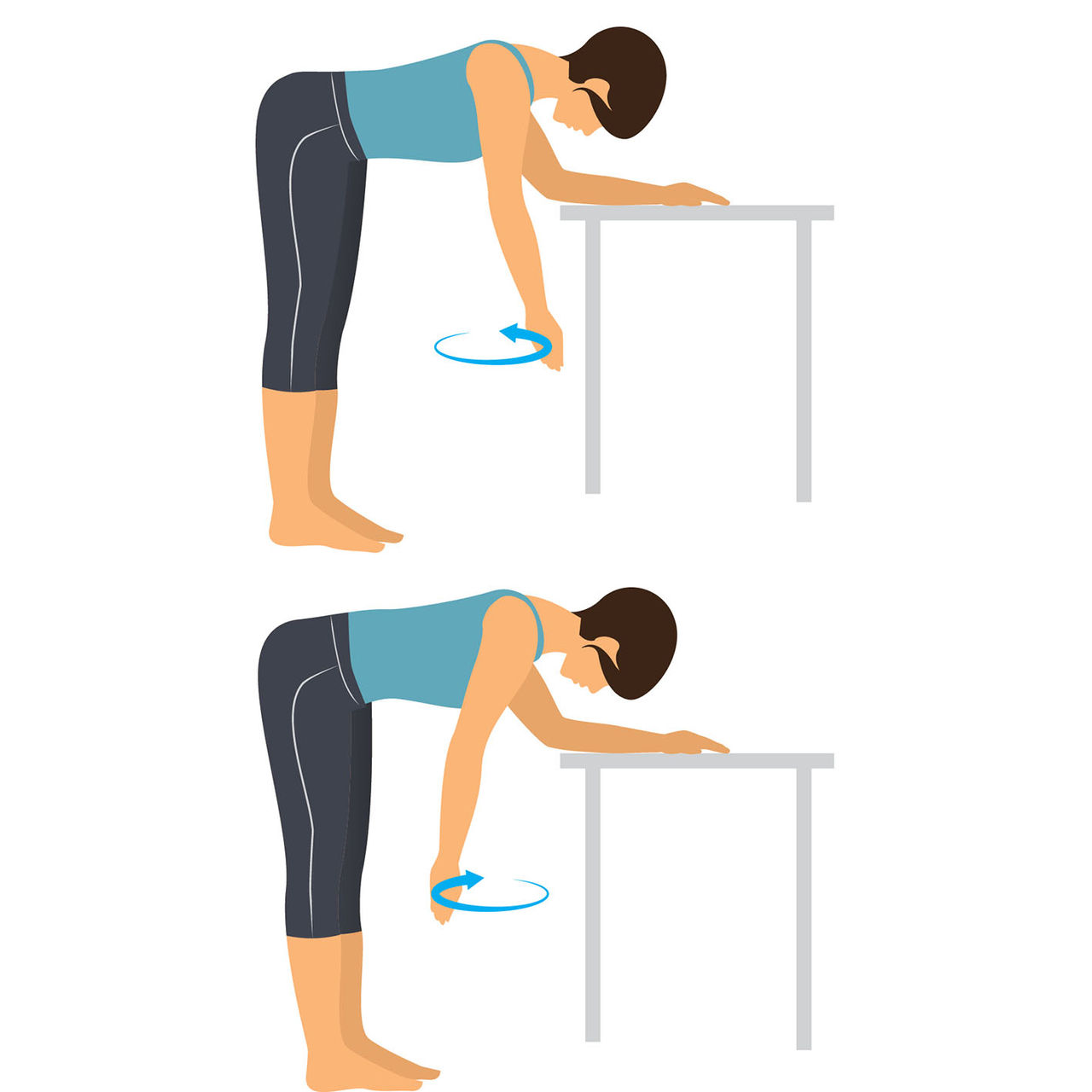Common Recovery Exercises after Shoulder Replacement Surgery
Here are a few basic exercises you’ll likely encounter after shoulder replacement surgery.
Here are a few basic exercises you’ll likely encounter after shoulder replacement surgery.
Shoulder replacement surgery may be an option for anyone who finds themselves still in significant pain from shoulder arthritis despite months or years of physical therapy, medication, and even the old "grin and bear it" approach. Talk to your doctor… for the right person, shoulder replacement surgery can offer lessened shoulder pain and improved function.
Even when a shoulder replacement surgery goes perfectly smoothly, it's incredibly important that patients keep up with their post-surgical rehab exercises. Performing rehabilitation exercises consistently can:
So, what sort of exercises can you expect to do after your shoulder replacement? Below are 6 of the most common ones.
An important disclaimer: the information shared in this post is not intended to be used as medical advice, but rather for informational purposes only. Always check with your surgeon and physical therapist or occupational therapist before doing any exercises.
1. Ball squeezes
Taking medication to reduce pain and inflammation after surgery can help you feel more comfortable, but this simple exercise can reportedly help, too. To do:
Gently squeeze a soft ball 20-30 times with the hand of your surgical arm. Don't have a ball? Try using a balled up sock or small hand towel instead.

2. Wrist and finger curls
Since you won't be moving or using your arm quite as much as you recover from surgery, your wrist and hand can quickly become stiff. This simple exercise can help avoid this problem. To do:


3. Bicep curls
Your elbow can get stiff after shoulder surgery, too. This exercise is intended to avoid this. To do:

4. Shoulder external rotation
When your arm is supported in a sling for a long time, the muscles and tissues on the front of your shoulder can get stiff and short. This exercise helps stretch the front of your shoulder to avoid stiffening. To do:

5. Shoulder blade pinches
Activating the muscles on the back of your shoulders promotes healing and can alleviate pain from sitting a lot or wearing a sling. To do:

6. Pendulum
This last exercise is a great way to gently start increasing range of motion in your shoulder. To do:
Be sure that you're not actively using your shoulder muscles to move the arm, but instead letting your body and gravity do the work.

This content was reviewed by Dr. Thomas Duquin paid consultant of Zimmer Biomet.